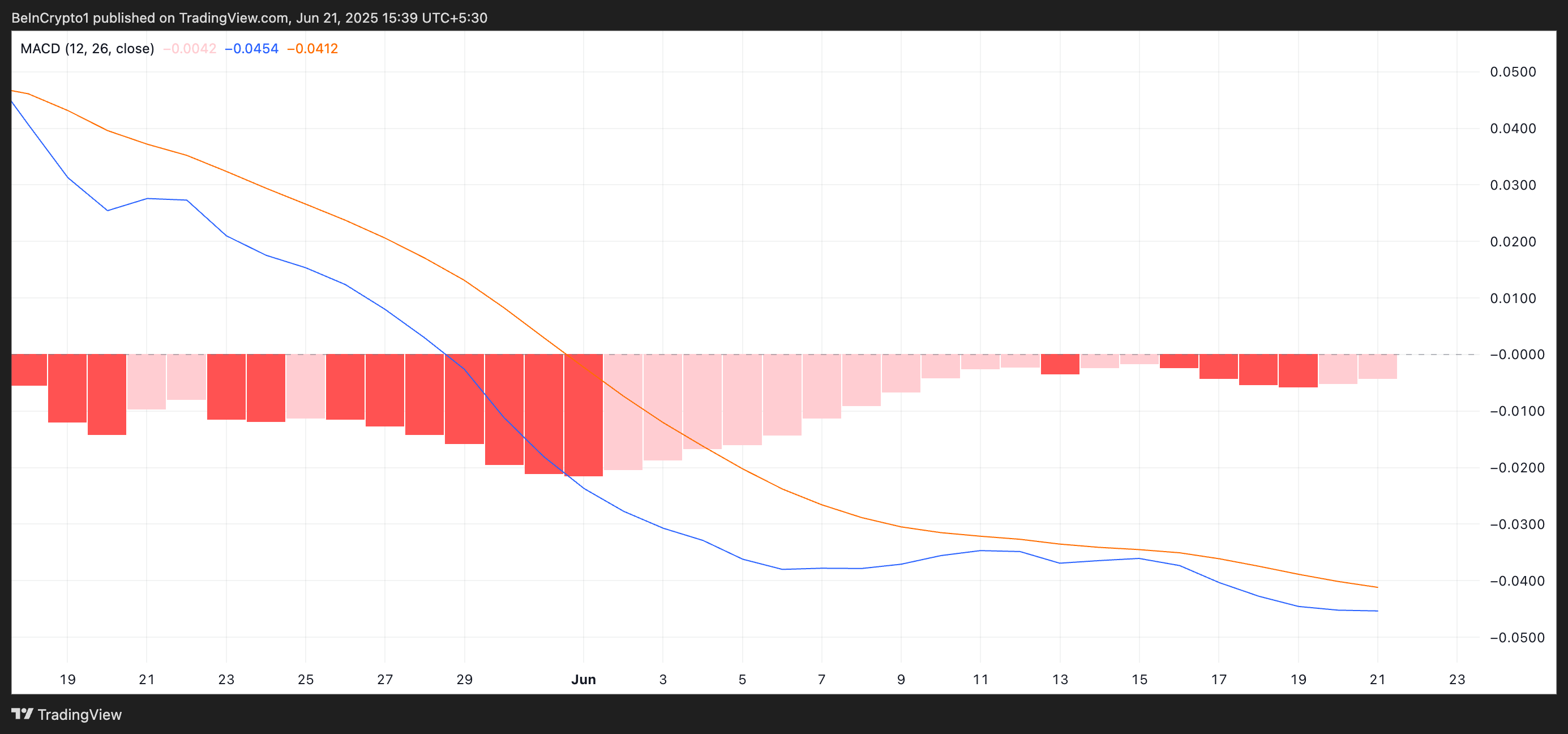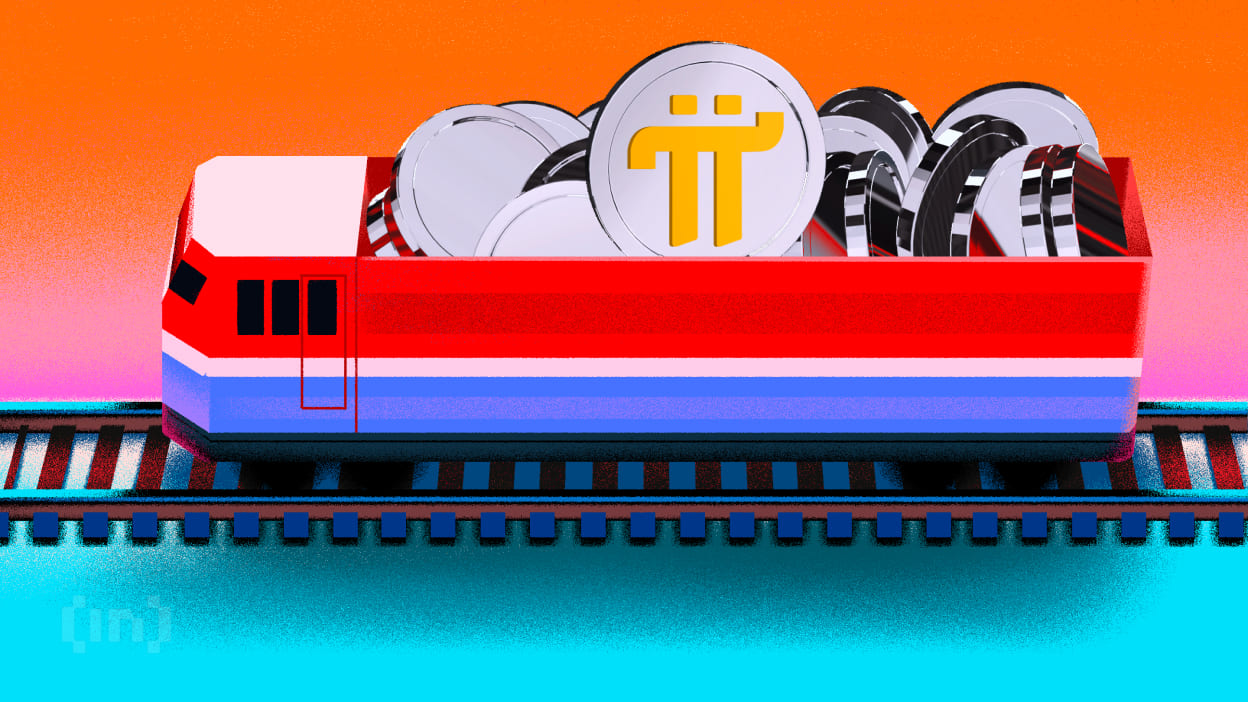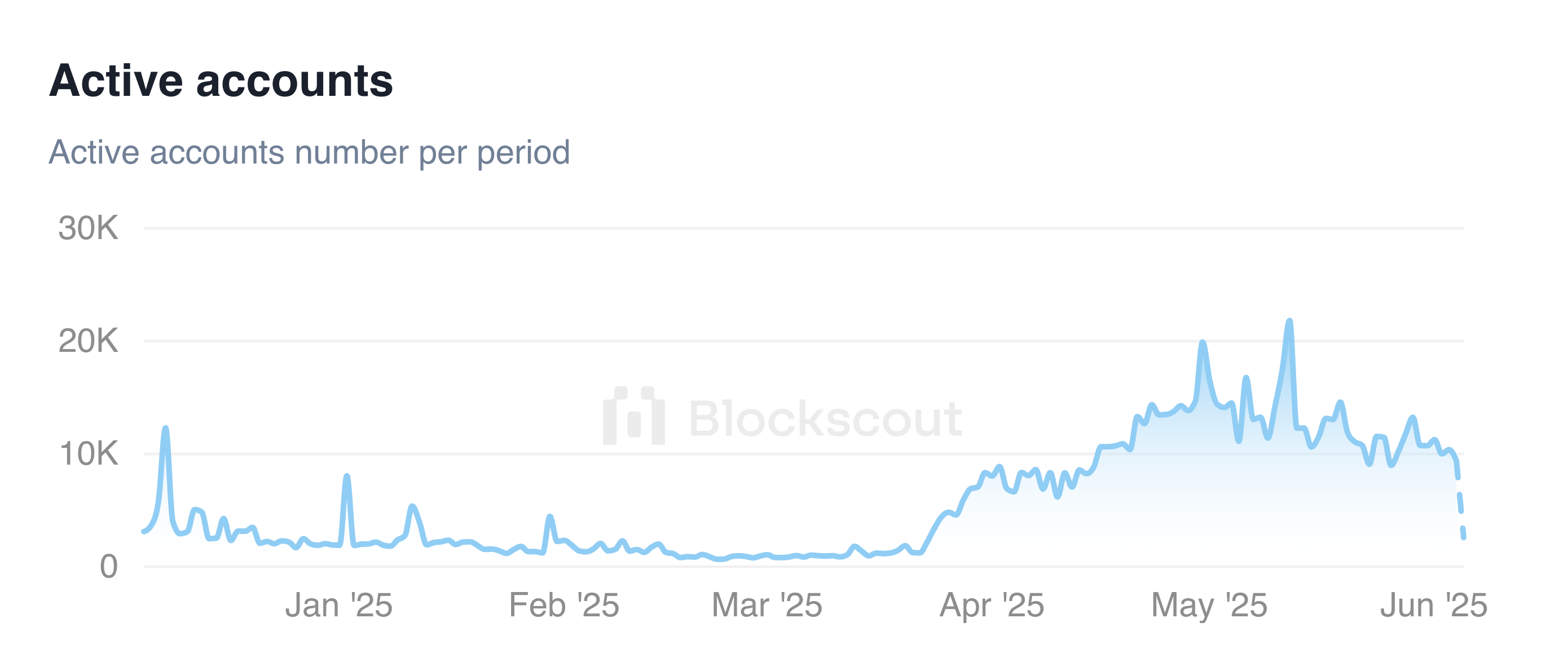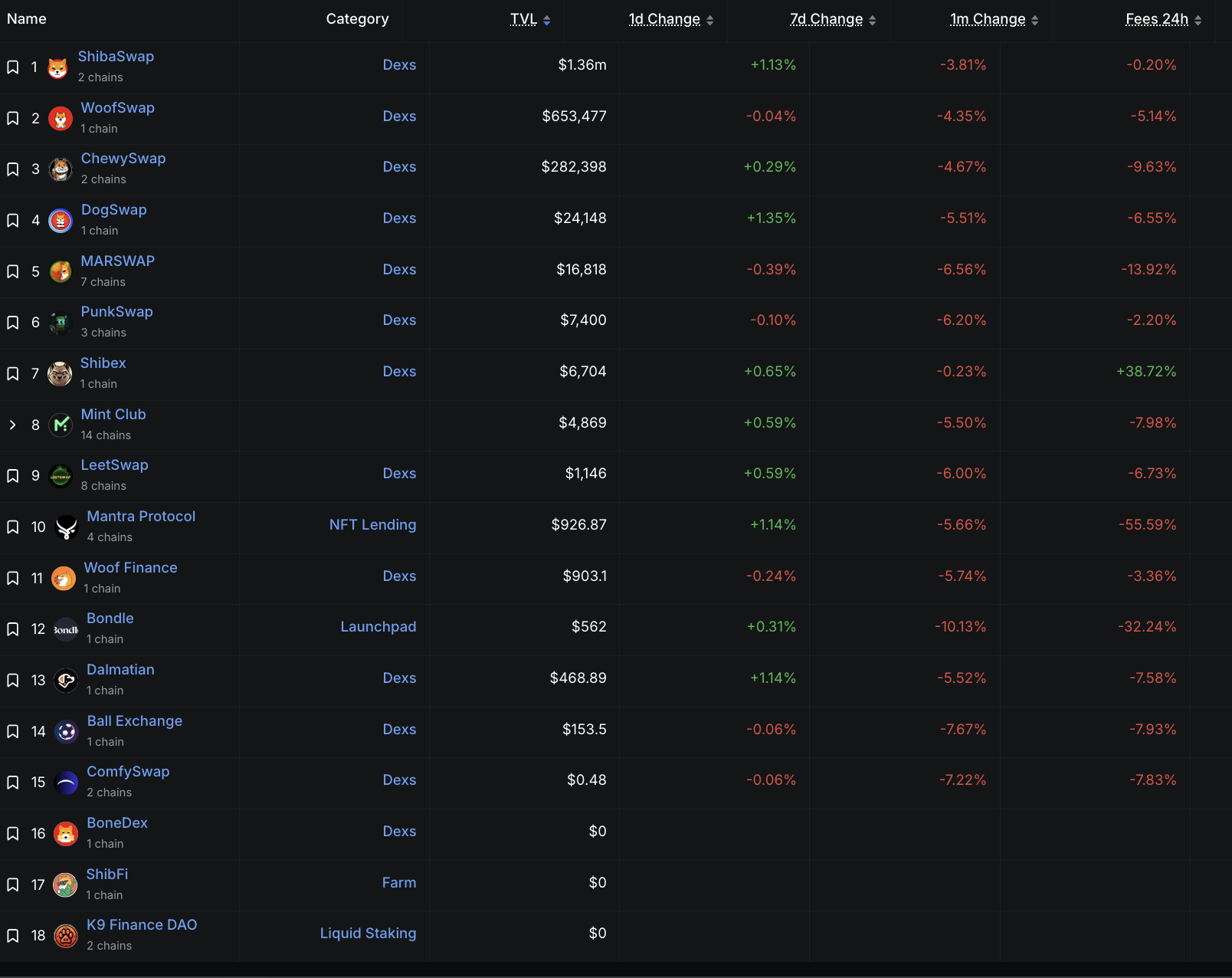Solana has emerged as a leader in blockchain infrastructure, attracting attention for both its speed and the breadth of its decentralized financial applications. As competition in the staking and MEV landscape intensifies, new solutions are charting the future of the validator economy.
BeInCrypto interviewed Brian Smith, Executive Director of Jito Foundation, during TOKEN2049 Dubai. Smith discussed Jito’s strategy, its place at the heart of Solana’s MEV infrastructure, and the pivotal choices underpinning its continued growth.
Smith oversees Jito’s products and governance, including its innovative liquid staking solution JitoSol, restaking initiatives, and MEV tooling. At the interview, he shared his views on decentralization, building trust, responsible MEV participation, and fostering institutional adoption to drive Solana’s DeFi ecosystem forward.
This conversation offers a close look at how Jito tackles network scalability, transparency, governance, and the introduction of disruptive primitives while focusing on sustainable value for the community.
Jito’s Role in the Solana Validator Economy and MEV Innovation
I think that Jito is just the core infrastructure for the economic engine of Solana. And you see this across a few products with the original kind of MEV product that was completely novel for Solana at the time.
Then also the leading stake pool, Jito Sol, that helps distribute staking rewards as well as MEV rewards to stakers, and now restaking, which is kind of a third layer on top. So as you see, just economic value flows across Solana, then Jito wants to be on the cutting edge of helping to power that in the most decentralized way possible.
Specifically on the MEV side, the product has worked quite well. It’s distributed over $1 billion in value to stakers and validators to help secure the network and a revenue stream that didn’t really exist when it was launched. And so personally, that’s been really, really interesting to see.
It has 95% of network adoption, but the Solana market is evolving quite rapidly, mostly in response to just how successful Solana has been. So volumes are consistently at all time highs. The most volume of any network in crypto, which is incredible.
And we see a lot of new technologies and new strategies being deployed on-chain. I personally think that it’s critical for Solana’s MEV infrastructure to stay ahead of that and continue to evolve. That looks like making the software more transparent so that everyone can kind of see how these transactions, specifically Jito executed or submitted transactions, are being prioritised.
And then also more attribution about what validators are doing. And so that’s really the critical idea, is just continuing to innovate on Solana and improving the transparency of the system while continuing to provide best in class rewards for all constituents on Solana.
JitoSOL and Liquid Staking: Differentiators, Growth, and DeFi Integration
JitoSol today is the largest LST on Solana by a decent share, with 17.5 million Sol, which is a little over $2.5 billion of TVL.
And I think it’s innovated in a few ways. It has best in class DeFi penetration in terms, there’s a lot of LSTs on Solana given its interesting market structure, but it’s quite fragmented. And so a lot of those are usable in some liquid staking protocol or some DeFi protocols, not others.
So JitoSol has by far the deepest liquidity, which is really critical given liquidity is one of the main benefits of LSTs. And then I also think it is just like the level of institutional preparation that has been in JitoSol. And so it has a system that autonomously does all of the delegation.
It is completely managed by the DAO in a trustless way. And so it has just much more resiliency, which is something that when we talk to institutional clients thinking about how they should allocate their stake, they’re really prioritising. So we think that there’s going to be a next wave of growth of holders of Solana that have historically used native staking that will be coming into liquid staking because of these attributes and choosing JitoSol for that.
I think JITO SOL should continue to grow as the number one asset in all of Solana DeFi.
So when new liquidity pairs are established on AMM, it should be paired with JITO SOL instead of SOL because you get that yield bearing aspect, which is just uniformly better. And so I think it will continue to grow its penetration. It’s the largest token in most DeFi protocols today.
And then I think the other thing is kind of how we merge the new institutional players I referenced earlier into liquid staking, specifically onboarding them instead of native staking and then moreover, getting them as users of Solana DeFi, which is really an opportunity to grow the market by many multiples.
Restaking: Capital Efficiency and Disruptive Potential
Restaking is a much, much more powerful primitive than people assume it is. There was a lot of conversation about how restaking would help with the Ethereum scaling roadmap that was done by EigenLayer and their very good work introducing the primitive. But it goes way beyond that.
That’s what we’re most excited about on Solana: how versatile it is. So I think we’re going to see a lot of interesting work where restaking helps power new DeFi protocols on Solana, which are decentralised physical infrastructure and helps them go to market faster, launch better products.
And then we’re also seeing it as a way where other DeFi protocols on Solana are able to use it to improve their product’s resilience and then also provide utility to their native tokens via the restaking infrastructure.
So it just makes developers’ life much, much easier to use that as opposed to recreating similar infrastructure from scratch.
TipRouter, MEV Distribution, and Transparency
TipRouter was a way to decentralise Jito’s MEV infrastructure that has over a billion dollars in value distributed. It was previously in a permission to model where a single entity was saying exactly how all of this value should be distributed each epoch.
And that just presented a single point of failure and significant trust guarantees to Solana. As the usage and value in that protocol grew, it became suboptimal.
TipRouter was a way for any validator on Solana to participate in helping verify that this is distributed accurately. It’s done by a handful of third-party operators with over 250 million stake that are helping to do that. And it’s also evolved into a primitive that is used around something called priority fees, which are a different form of execution fees on Solana, where those can be distributed to stakers.
And so we see that it’s very flexible, and it’s really helping usher in a new era of how stakers and validators can receive their rewards for doing good work on Solana.
Balancing MEV Rewards and Solana’s Mission
I think JITO has always taken an extremely long-term view.
It only operates on Solana. And we have been building on Solana since 2021. And in 2023, when a lot of people thought Solana would die.
So we have a long term perspective. JITO will never be successful if Solana is not successful. So our vantage point is that JITO should always do what is best for Solana, and then find a way to provide the most value within that framework.
There’s a symbiotic relationship of providing these new mechanisms and giving the most possible rewards to Solana while continuing to fund the infrastructure that is required for this.
Encouraging Institutional Participation and Governance
JITO is the governance token of the JITO network. It controls core infrastructure across liquid staking, MEV on Solana.
Already today, we see significant participation from institutional players that include Coinbase, Blockworks, and a variety of other firms. And so the level of discourse there is quite significant.
And I think what the next step is, is really to kind of grow the level of participation from all of these parties that are, on a day-to-day basis, earning rewards from JITO and are critically impacted by that. So we can find the best balance between what is the right solution for JITO, what is the right solution for Solana, and how to move forward on key strategic questions.
User Behavior: Staking, Restaking, and DeFi Trends
I think what we’re seeing is a steady trend towards more liquid staking over native staking. It remains less than 10% of the total stake on Solana, which is quite low relative to what you see on most other networks.
And as the market continues to see the utility of liquid staking, we expect that to go up. And then the question is really kind of, how do we see additional yield on that? Should people be using DeFi? Should people be using restaking?
I think to date, the majority of assets are still used in DeFi, because that’s just more of a known primitive on Solana. So there are very good opportunities in providing liquidity with relatively safe yields on that.
And we see the lending market continues to grow on Solana. And then lastly is restaking, the incremental opportunities there for restakers on Jito Sol and other LSTs are quite strong, but really need to have the restaking ecosystem mature and continue growing. So that can support additional capital there, but we see a lot of excitement about those opportunities.
DAO Governance, Transparency, and Community Participation
I think JITO DAO is one of the most engaged and thoughtful DAOs in all of Solana.
And I’m really excited about how it has evolved since the token launched about a year and a half ago. And so what’s next is I think there are increasingly meaningful opportunities and key decisions. So today there is a major discussion around tokenomics for the JTO token, including how fees should be attributed.
We’ve seen some of the smartest investors in this space, including Multicoin Capital, North Island Ventures, and Pantera Capital, all of them weighing in on the distribution of fees.
So I think that JTO governance is going to have a very exciting 2025.
Restaking Competition and Jito’s Unique Approach
JTO restaking is kind of prioritising different things.
The goal from day one for me has been to provide real and sustainable yield to people participating in the restaking network. And so we’ve seen that the TVL on JTO restaking is smaller than some of the other peers. But the yield is actually much higher.
And it doesn’t come from token emissions. It comes from sustainable fee generation.
So I think that will continue to be a focus on sustainable yield. And then I think the other focus is on powering different consumer DeFi apps. So as I said earlier, not about scaling Solana or L2s, because that’s not something that is a priority for Solana right now.
Leadership Decisions and Lessons for Protocol Builders
So, the most controversial decision I was involved in was Jito Labs’ decision to deprecate the mempool, a product that wasn’t native to Solana but was part of Jito’s initial MEV stack.
And that enabled people to see pending transactions comparable to what you can see in Ethereum. The end product was that this led to a lot of front-running of user trades on Solana. And with 95% of the stake, it was virtually every trade that could be front-run.
And Jito Labs elected to terminate its hosted mempool. That was a tough decision because it had a negative impact on Jito Labs’ revenue, as well as the revenue attributed to everyone on the MEV stack. But I think it was still ultimately the right decision.
Because if users are getting better execution on a centralised exchange compared to trading on DeFi, then they will continue to use a centralised exchange. My vision is Nasdaq on-chain on Solana, and we need best execution there. And so it was really about prioritising long term health of Solana over short term metrics and potential controversy in the market.
Brian Smith Shares His Final Thoughts
Solana has been number one in economic value generated of real fees for any crypto network over the last six months. That appears to be on pace to continue.
It is just extremely exciting to see that it is now larger than many of the EVM competitors that were kind of unforeseen when I first joined Solana. And the momentum in the ecosystem is overwhelming. And so really excited for how Solana is headed and what that means for users of the network.
The post Jito’s Brian Smith Explains Why JitoSOL is Becoming DeFi’s Go‑To Asset on Solana appeared first on BeInCrypto.










